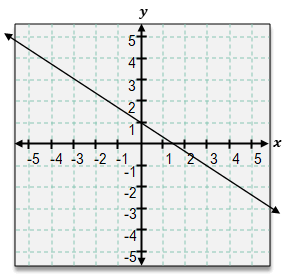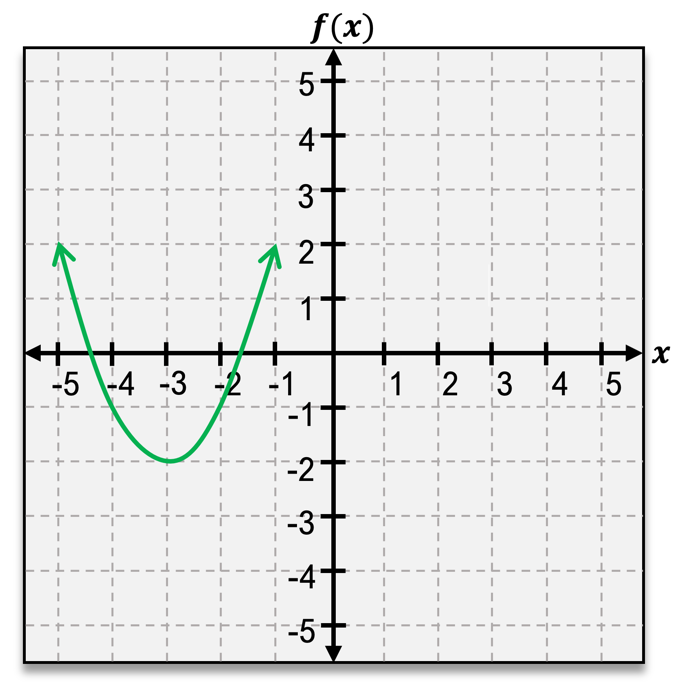Understanding common functions is essential for mastering mathematical concepts. This summary explores several key functions, their definitions, and their characteristics, including domain and range.
The constant function is defined as f(x) = c, where c is any constant number. For example, if f(x) = 2, the graph is a horizontal line at y = 2. The domain of a constant function is all real numbers, represented as (−∞, +∞), since any value of x can be input. However, the range is limited to the constant value, so in this case, it is simply {2}.
The identity function is expressed as f(x) = x. This function outputs the same value as the input, meaning if you input -1, the output is -1, and if you input 50, the output is 50. Both the domain and range for the identity function are all real numbers, (−∞, +∞).
Next, the square function is defined as f(x) = x², producing a parabolic graph. The domain is all real numbers, (−∞, +∞), as the curve extends infinitely in both directions. However, the range is restricted to non-negative values, [0, +∞), since the output cannot be negative.
The cube function is given by f(x) = x³. This function includes all real numbers in both the domain and range, (−∞, +∞), as the graph extends infinitely in all directions.
The square root function is represented as f(x) = √x. This function has a restricted domain of non-negative values, [0, +∞), because square roots of negative numbers are not defined in the real number system. The range is also [0, +∞), as the output cannot be negative.
Lastly, the cube root function is defined as f(x) = ∛x. Similar to the cube function, the domain and range for the cube root function encompass all real numbers, (−∞, +∞), allowing for both negative and positive inputs and outputs.
These functions form the foundation for more complex mathematical concepts and are frequently encountered in various mathematical contexts. Familiarity with their properties, including domain and range, is crucial for success in future studies.







